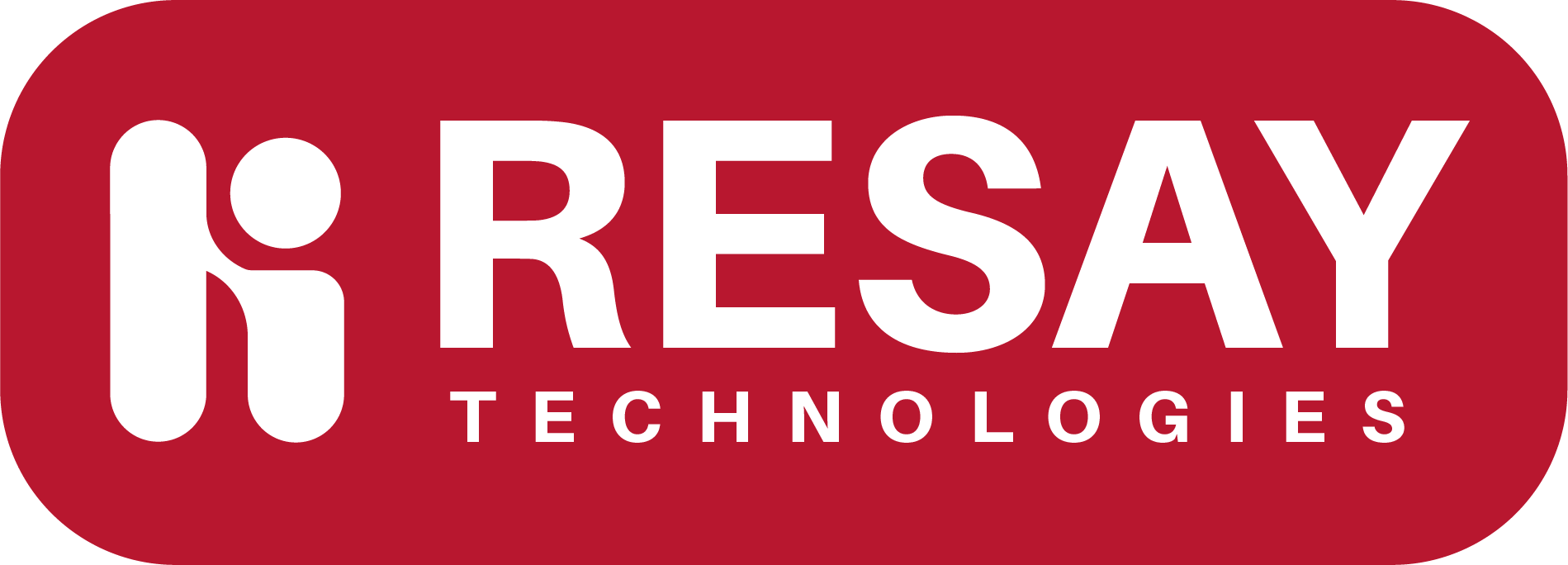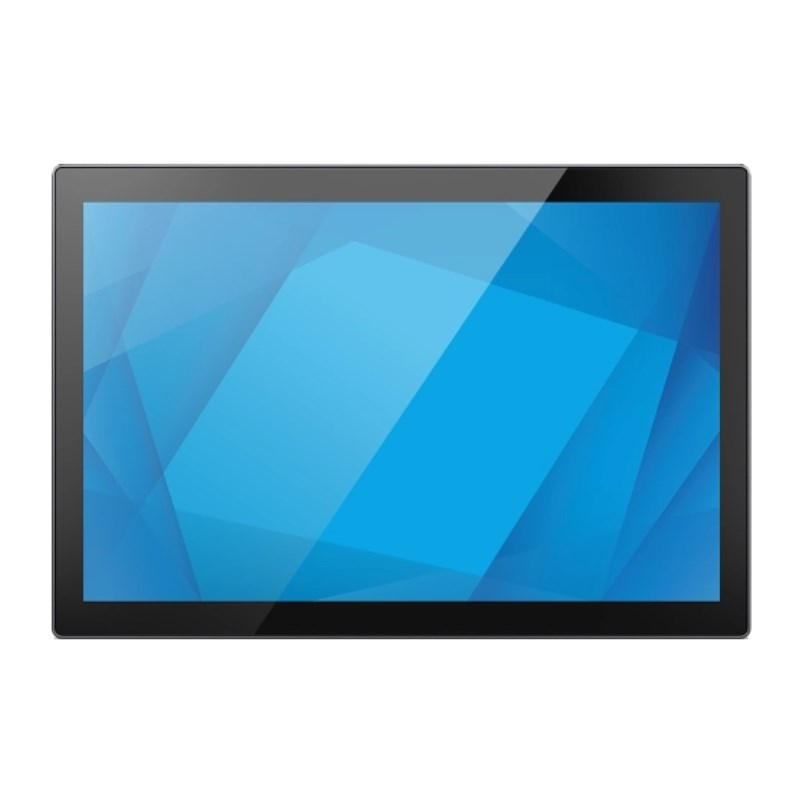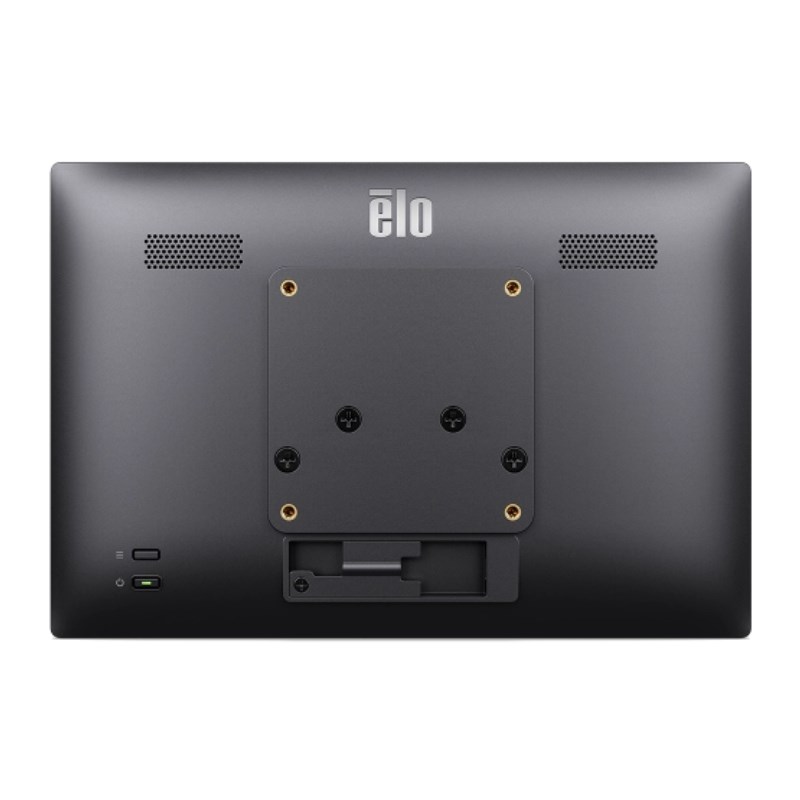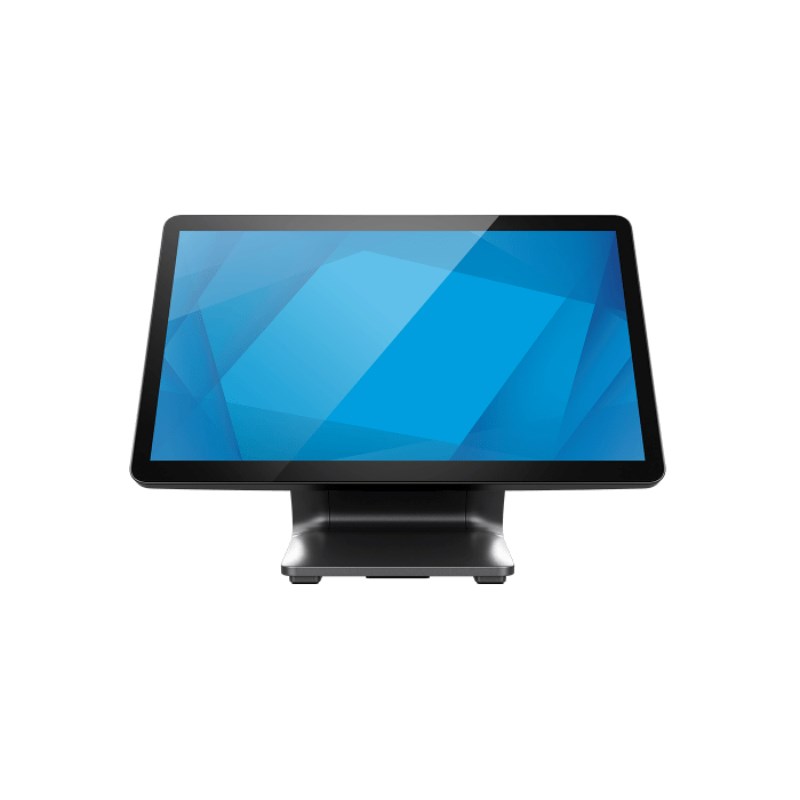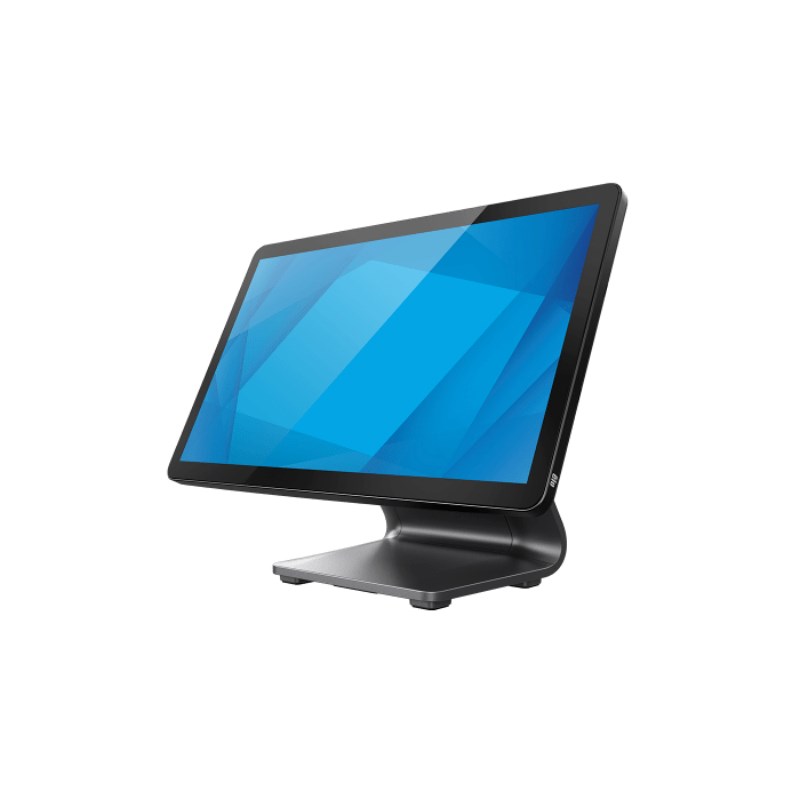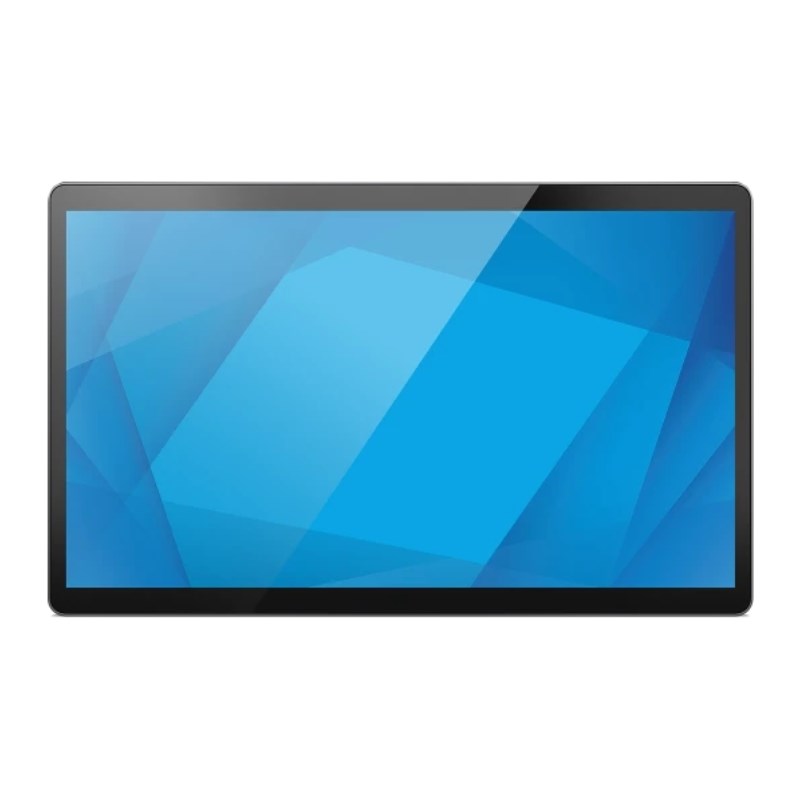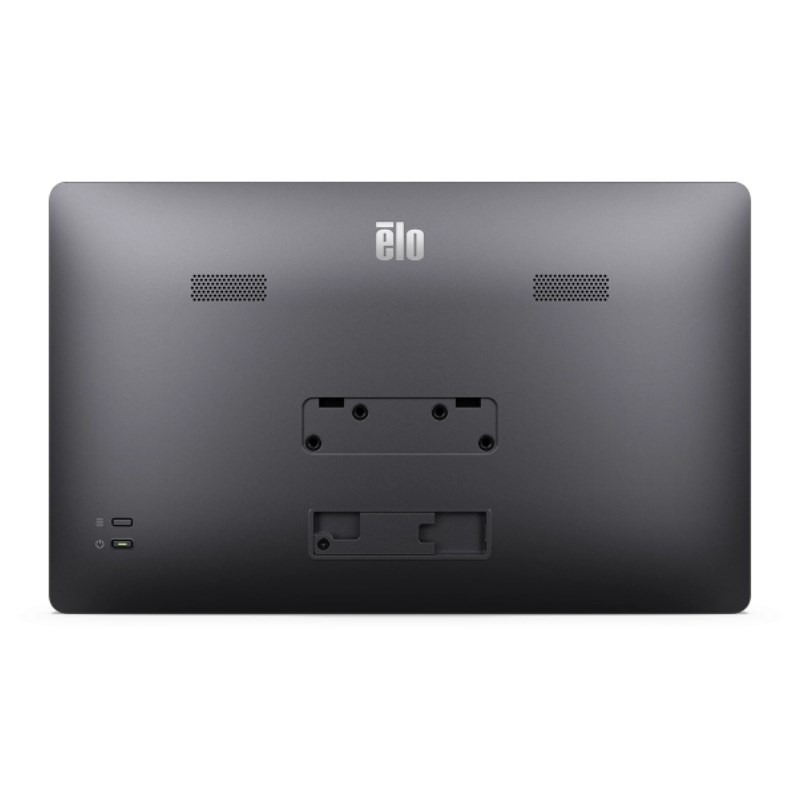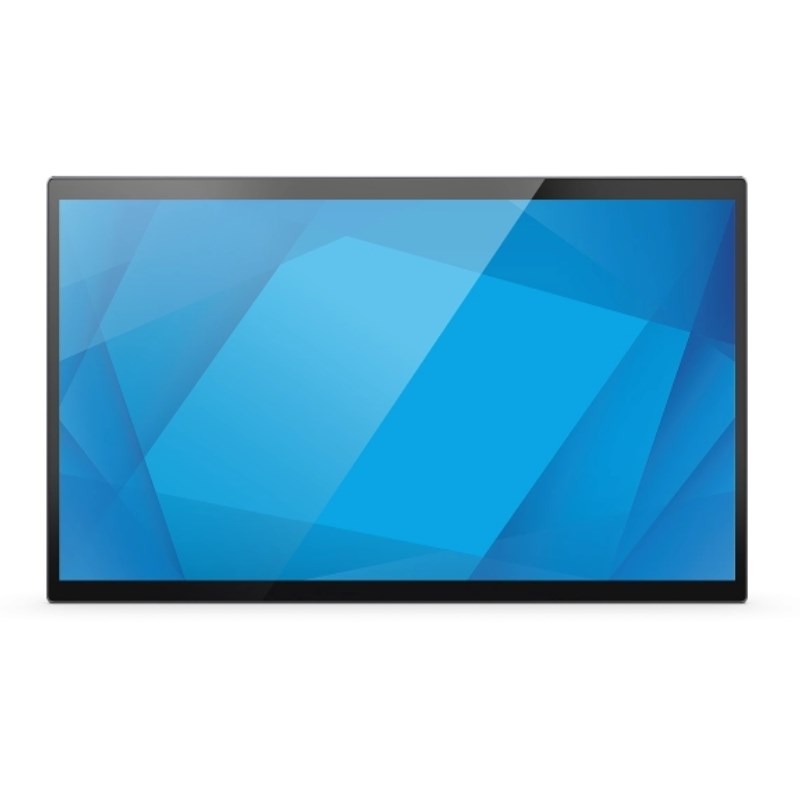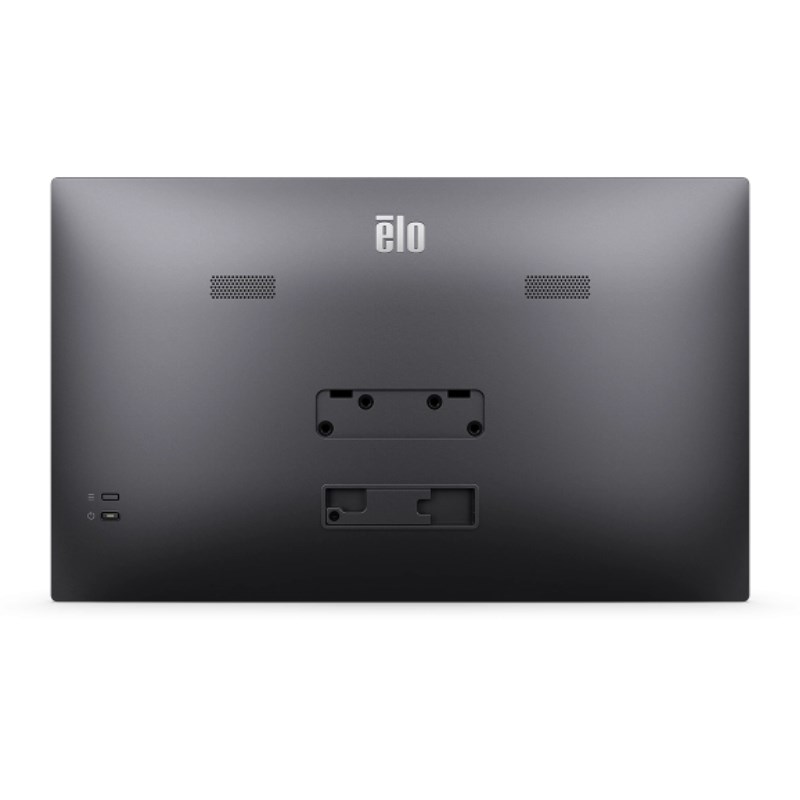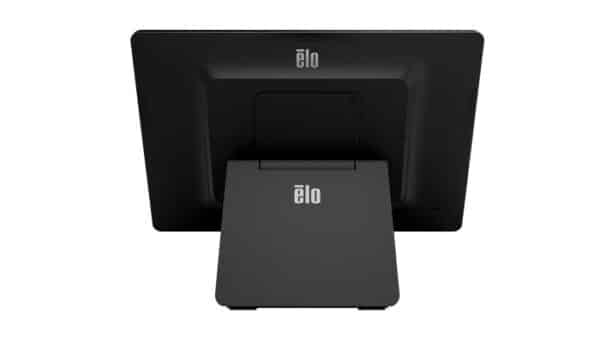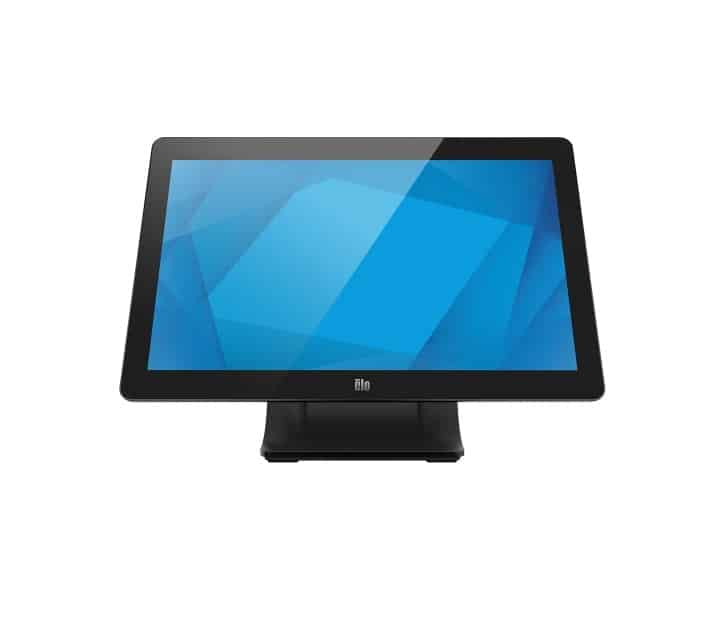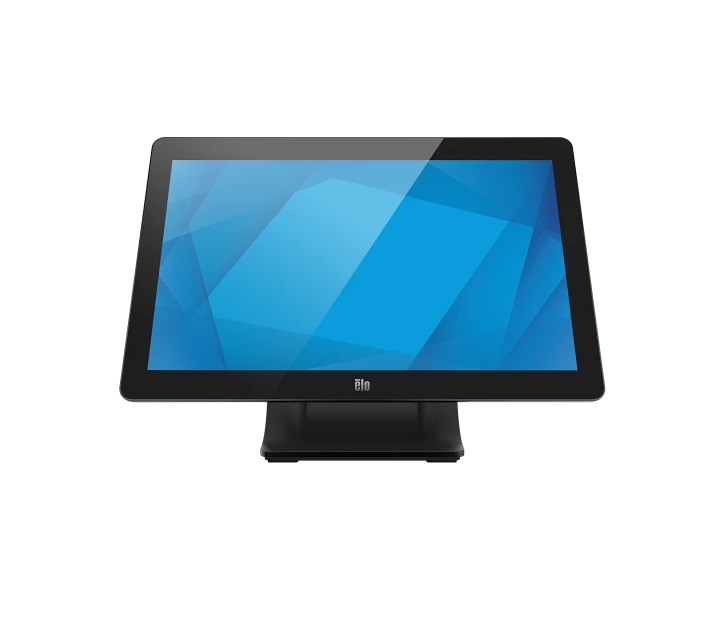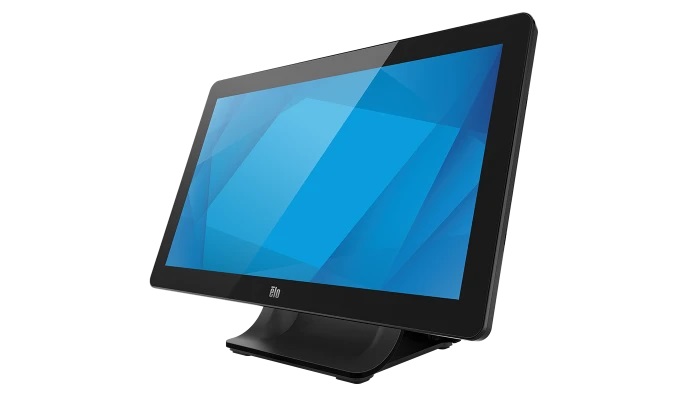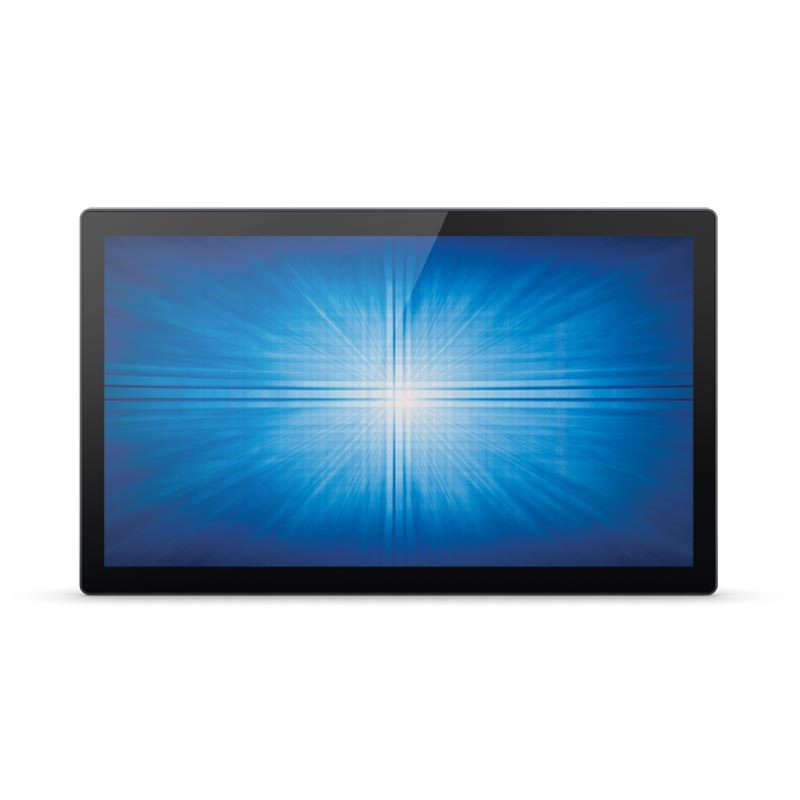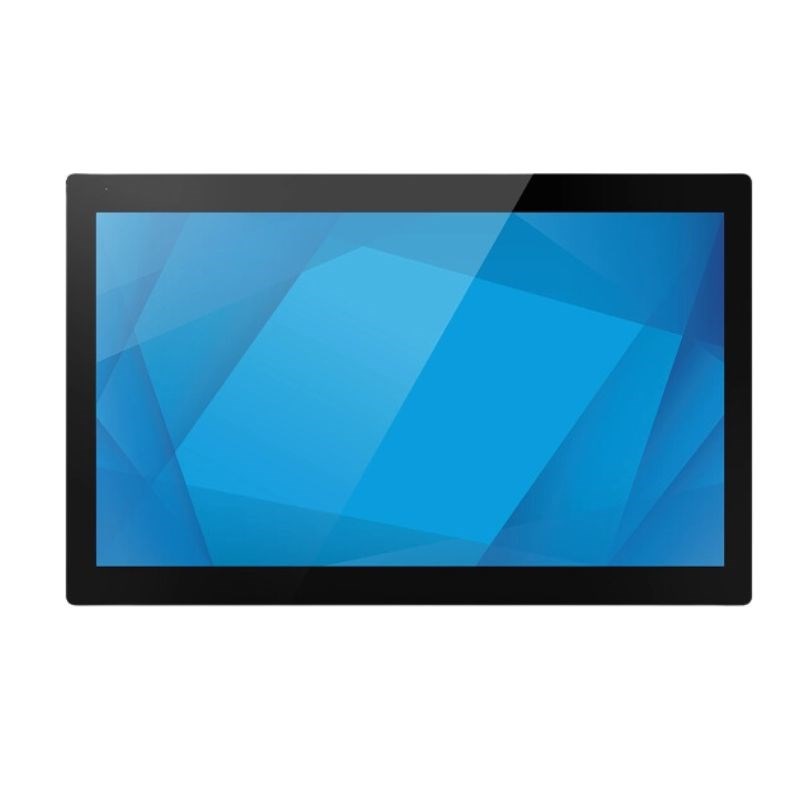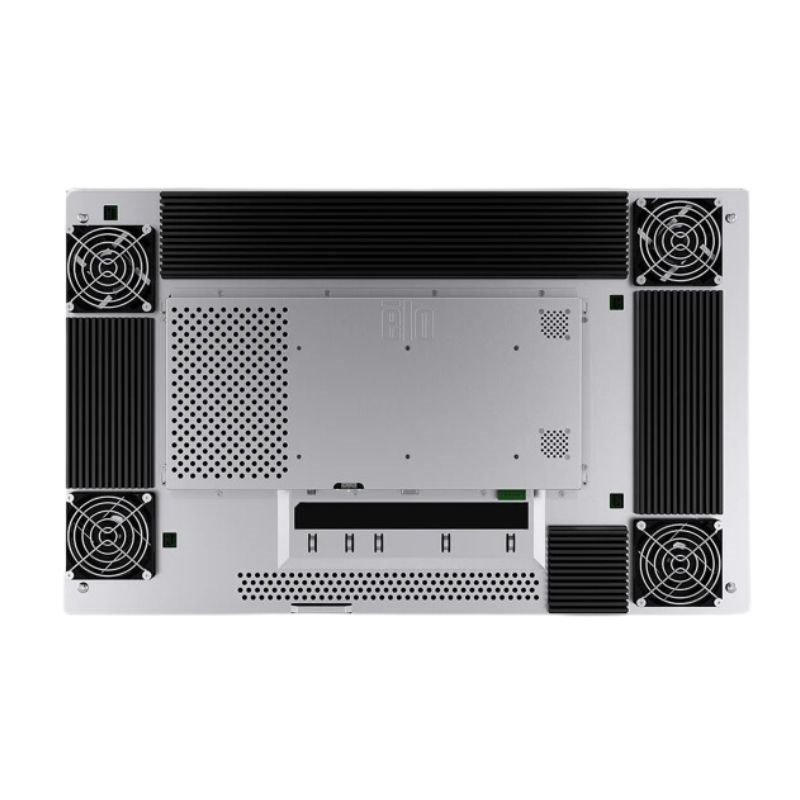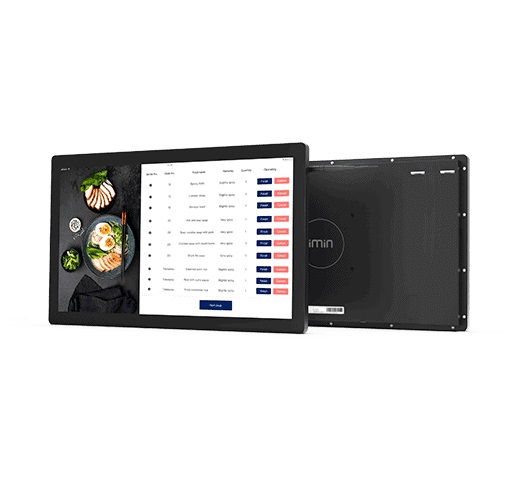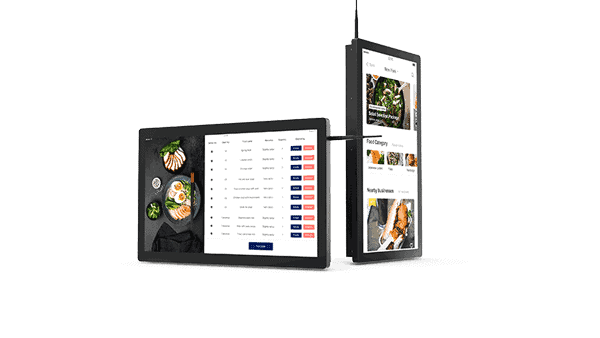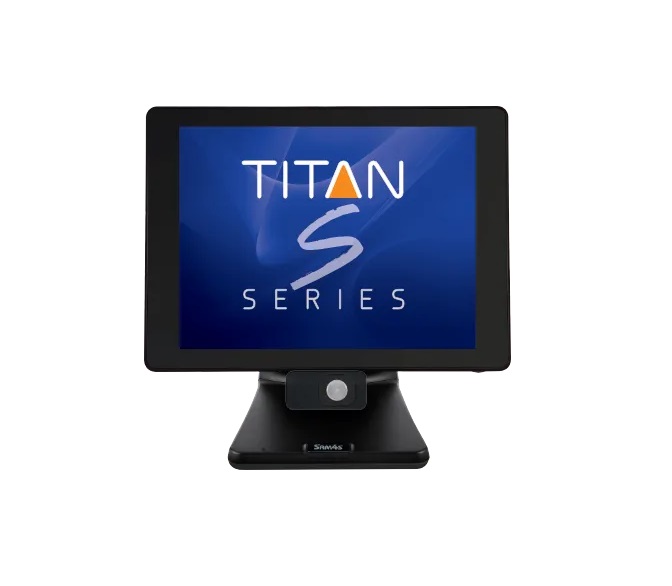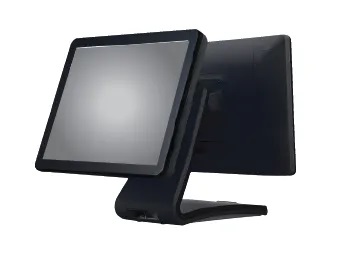Touchscreen monitors are display screens that have an integrated touch-sensitive surface, allowing users to interact with the content directly by touching the screen. These monitors find applications in various settings, from consumer electronics and point-of-sale systems to industrial control panels and interactive kiosks. Here are key aspects of touchscreen monitors:
- Touchscreen Technologies:
- Resistive Touchscreens: Composed of layers that respond to pressure. When pressure is applied, the layers make contact, and the touch position is detected.
- Capacitive Touchscreens: Utilize the electrical conductivity of the user’s touch. Most common in modern smartphones and tablets.
- Infrared Touchscreens: Use infrared sensors to detect touch. When an object interrupts the infrared beams, the touch position is determined.
- Surface Acoustic Wave (SAW): Relies on ultrasonic waves that pass over the screen’s surface. Touch disrupts the waves, and the touch position is calculated.
- Projected Capacitive (PCAP): An advanced capacitive technology used in smartphones and high-end touchscreen monitors, offering multi-touch capabilities and better clarity.
- Applications:
- Touchscreen monitor are used in a variety of applications, including:
- Point-of-Sale (POS) Systems: Retail checkout counters and payment terminals.
- Industrial Control Panels: For controlling machinery and processes in manufacturing.
- Interactive Kiosks: Information and self-service kiosks in public spaces.
- Gaming: Arcade machines and gaming consoles with touch interfaces.
- Digital Signage: Interactive displays in retail, museums, and exhibitions.
- Healthcare: Medical equipment and diagnostic devices with touchscreen interfaces.
- Education: Interactive displays in classrooms and training environments.
- Touchscreen monitor are used in a variety of applications, including:
- Display Technologies:
- Touchscreen monitor may utilize various display technologies, including LCD (Liquid Crystal Display), LED (Light Emitting Diode), and others. The choice depends on factors like resolution, refresh rate, and power efficiency.
- Multitouch Capability:
- Many touchscreen monitor support multitouch functionality, allowing users to perform gestures and interactions involving multiple touch points simultaneously.
- Durability and Protection:
- Touchscreen monitor may feature protective measures, such as toughened glass or anti-scratch coatings, to enhance durability and resist damage from use.
- Integration with Operating Systems:
- Touchscreen monitors are compatible with various operating systems, including Windows, macOS, Linux, and others. This compatibility ensures seamless integration with different devices and software platforms.
- Driver and Controller Integration:
- Touchscreen monitors include drivers and controllers that manage touch input and communication with the connected device, typically through USB or other interfaces.
- Customization and Size Options:
- Manufacturers offer a range of sizes and customization options, allowing users to choose touchscreen monitors that suit their specific requirements.
- Mounting Options:
- Touchscreen monitors may support different mounting options, such as VESA mounts, allowing them to be mounted on walls, stands, or other surfaces.
- Power Consumption:
- Power consumption is a consideration for touchscreen monitors, and energy-efficient models are designed to minimize power usage.
- Connectivity:
- Touchscreen monitors typically include various connectivity options, such as HDMI, DisplayPort, USB, and others, to ensure compatibility with different devices.
- Cost Considerations:
- The cost of touchscreen monitors varies based on factors like size, technology, brand, and features. Commercial-grade or industrial models may have higher costs compared to consumer-grade options.
Choosing a touchscreen monitor involves considering factors such as the intended application, required features, durability, and budget constraints. Touchscreen monitors offer a versatile and interactive display solution for a wide range of environments.
